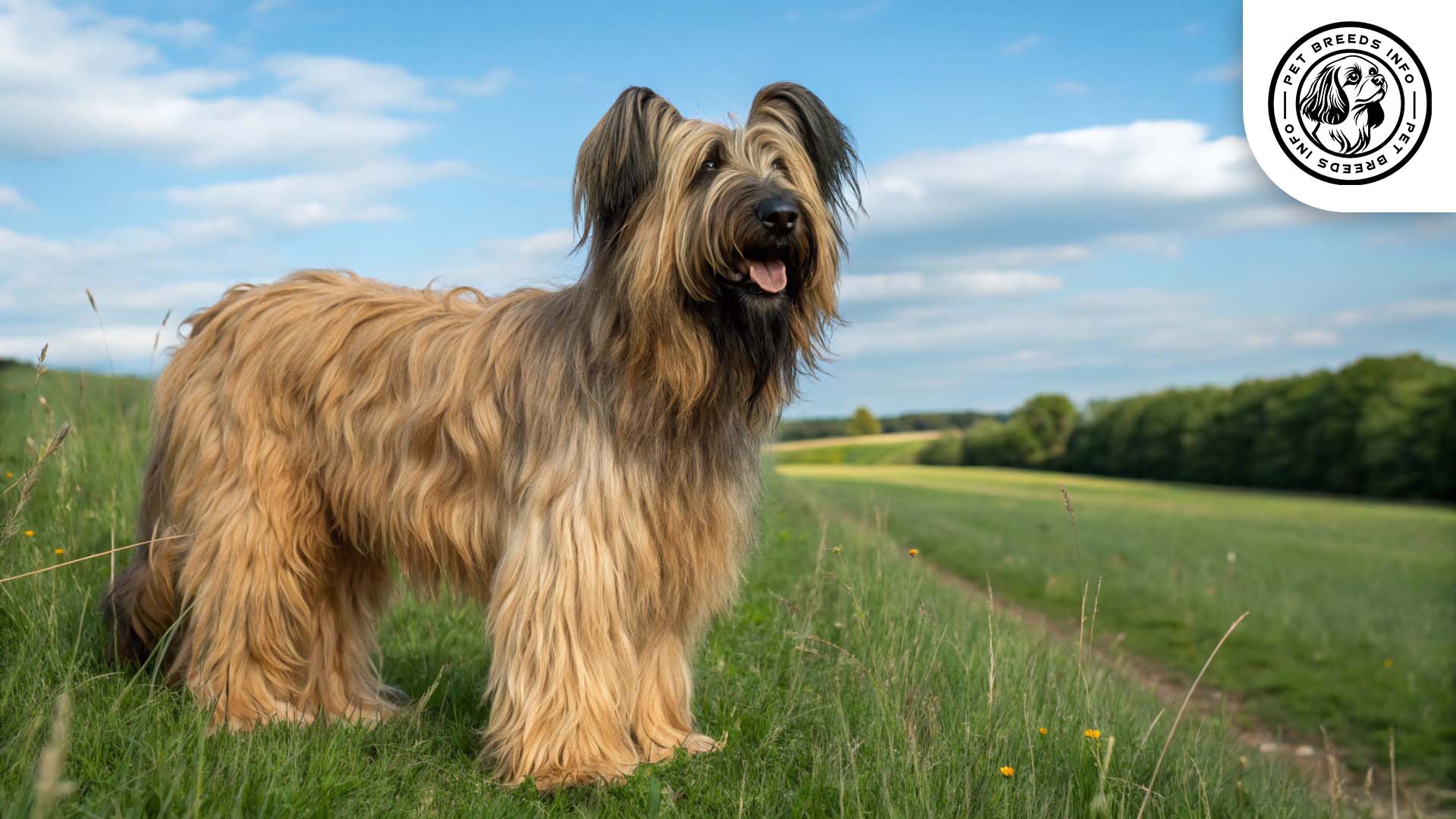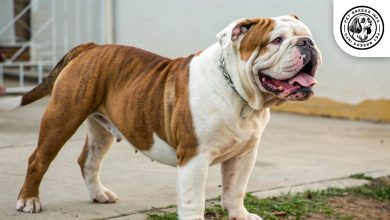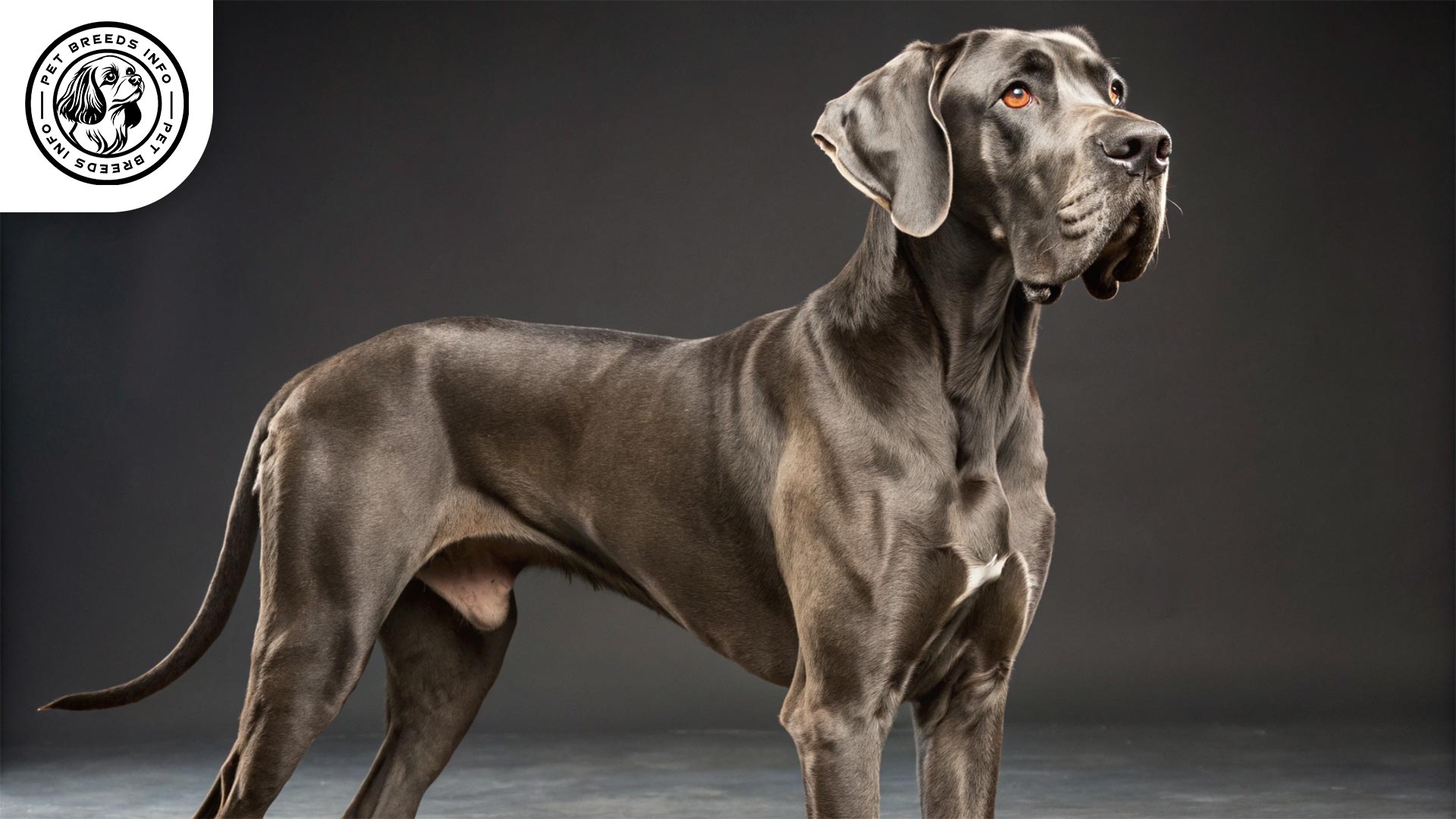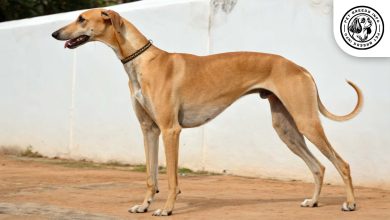Briard Dog Breed : Size, Health, Price & Personality
General Introduction of the Breed
The Briard, also known as Berger de Brie in French, is a large and intelligent herding dog breed that originated in France. This breed has a long history dating back to the Middle Ages, where it was developed as a livestock guardian and herding dog. The Briard gained popularity as a versatile working dog, used by farmers and even in military service during World War I.
Table of Contents
| Weight | 50-100 lbs (23-45 kg) |
| Lifespan | 10 to 12 years |
| Diet | High-protein diet, multiple small meals to prevent bloat |
| Care | Brushing 3+ times weekly, exercise, and mental stimulation |
| Health | Prone to hip dysplasia, PRA, and bloat |
| Color | Black, tawny, or grey |
| Nature | Intelligent, loyal, independent, protective |
| Price | $1,500 – $3,000 from reputable breeders |
Physical Characteristics
The Briard is a large and muscular dog with a well-balanced structure. Males typically stand between 23 to 27 inches (58 to 69 cm) tall and weigh between 75 to 100 pounds (34 to 45 kg). Females are slightly smaller, standing 22 to 25 inches (56 to 64 cm) tall and weighing 50 to 75 pounds (23 to 34 kg).
The breed has a long, wavy, and dense double coat that provides protection in various weather conditions. Available colors include black, tawny, and grey. Their eyes are large, dark, and expressive, covered partially by their long fur. The Briard’s ears are set high, usually cropped in countries where the practice is permitted, or left natural, hanging down with an elegant fold. The tail is long and carried low, forming a distinctive “J” shape at the end.
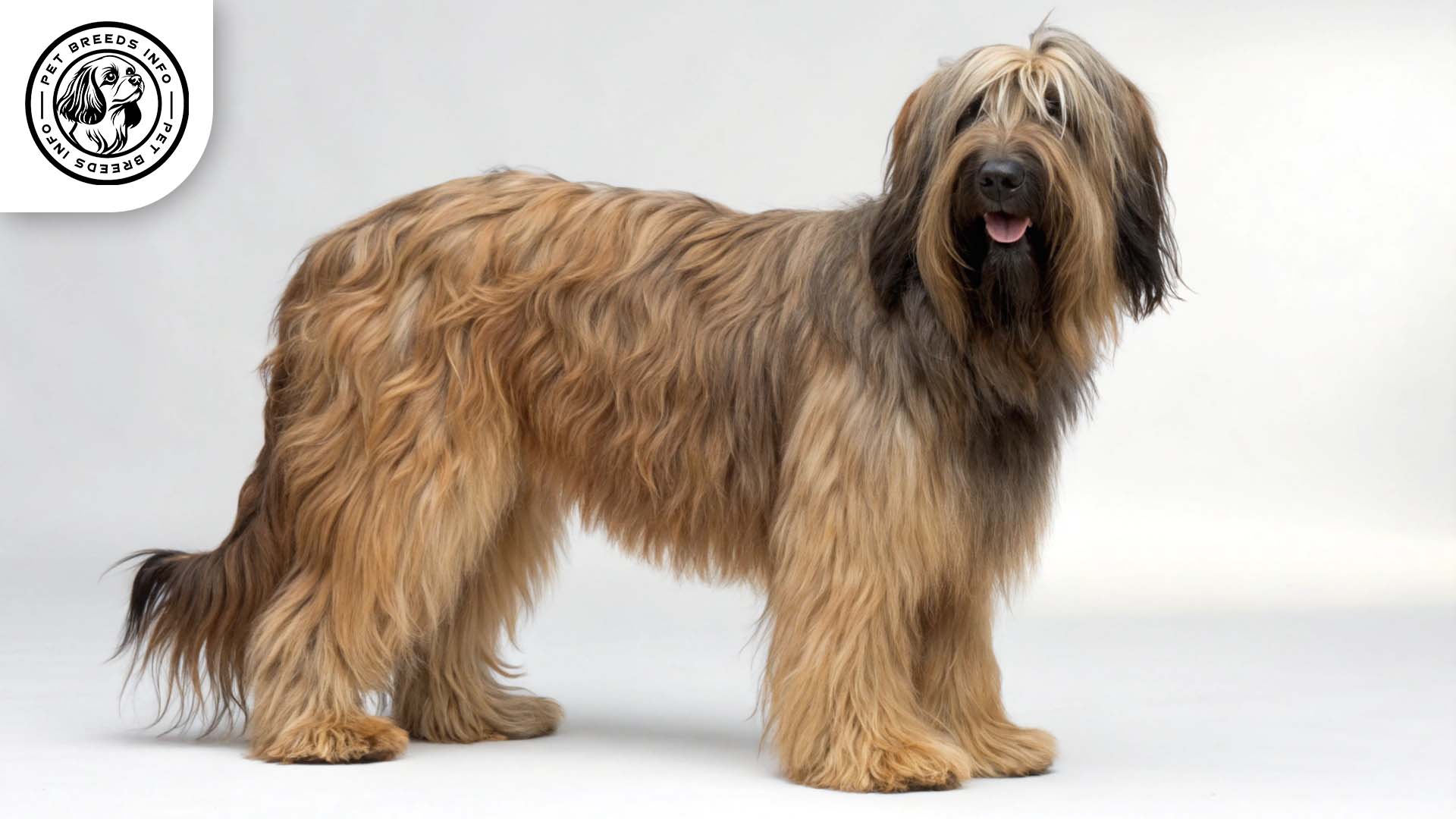
Personality and Temperament
The Briard is highly intelligent, independent, and capable of learning quickly. This breed thrives on mental and physical stimulation. It has a high energy level and requires regular exercise to stay happy and healthy. Briards are incredibly loyal and form strong bonds with their families.
They are affectionate with their owners and protective, making them excellent watchdogs. This breed tends to be wary of strangers, but they are loving and gentle with children and other pets when properly socialized. The Briard enjoys playtime but may exhibit some herding instincts, especially around small animals or children.
Read More: Australian Kelpie Dog
Care and Maintenance Requirements
The Briard requires daily exercise, including long walks, play sessions, and mental challenges like obedience training or agility exercises. This breed adapts best to a home with plenty of space, such as a house with a fenced yard. Apartments may not be ideal unless the owner can provide sufficient exercise.
Grooming is an essential part of Briard care. Their long coat requires brushing at least three times a week to prevent matting. During shedding seasons, more frequent brushing is necessary. Regular ear cleaning, nail trimming, and dental care should also be provided. They are generally resilient to cold but can struggle in hot and humid climates.
Diet and Nutrition
A high-quality, protein-rich diet is best for the Briard. Dry kibble, raw diets, or balanced home-cooked meals can be considered under veterinary supervision. It is essential to avoid fillers and artificial additives in their diet.
Briards are prone to bloating, so feeding them smaller meals multiple times a day instead of one large meal is recommended. Foods such as chocolate, grapes, onions, and high-fat foods should be strictly avoided.
Read More: Basenji Dog Breed
Health and Common Medical Issues
The Briard is generally a healthy breed but is prone to certain genetic conditions. Common health issues include hip dysplasia, progressive retinal atrophy (PRA), and bloat (gastric torsion). Regular veterinary check-ups and a well-balanced diet help prevent many common health problems.
With proper care, the average lifespan of a Briard is between 10 to 12 years. Routine vaccinations, parasite prevention, and dental care are important aspects of maintaining their overall health.
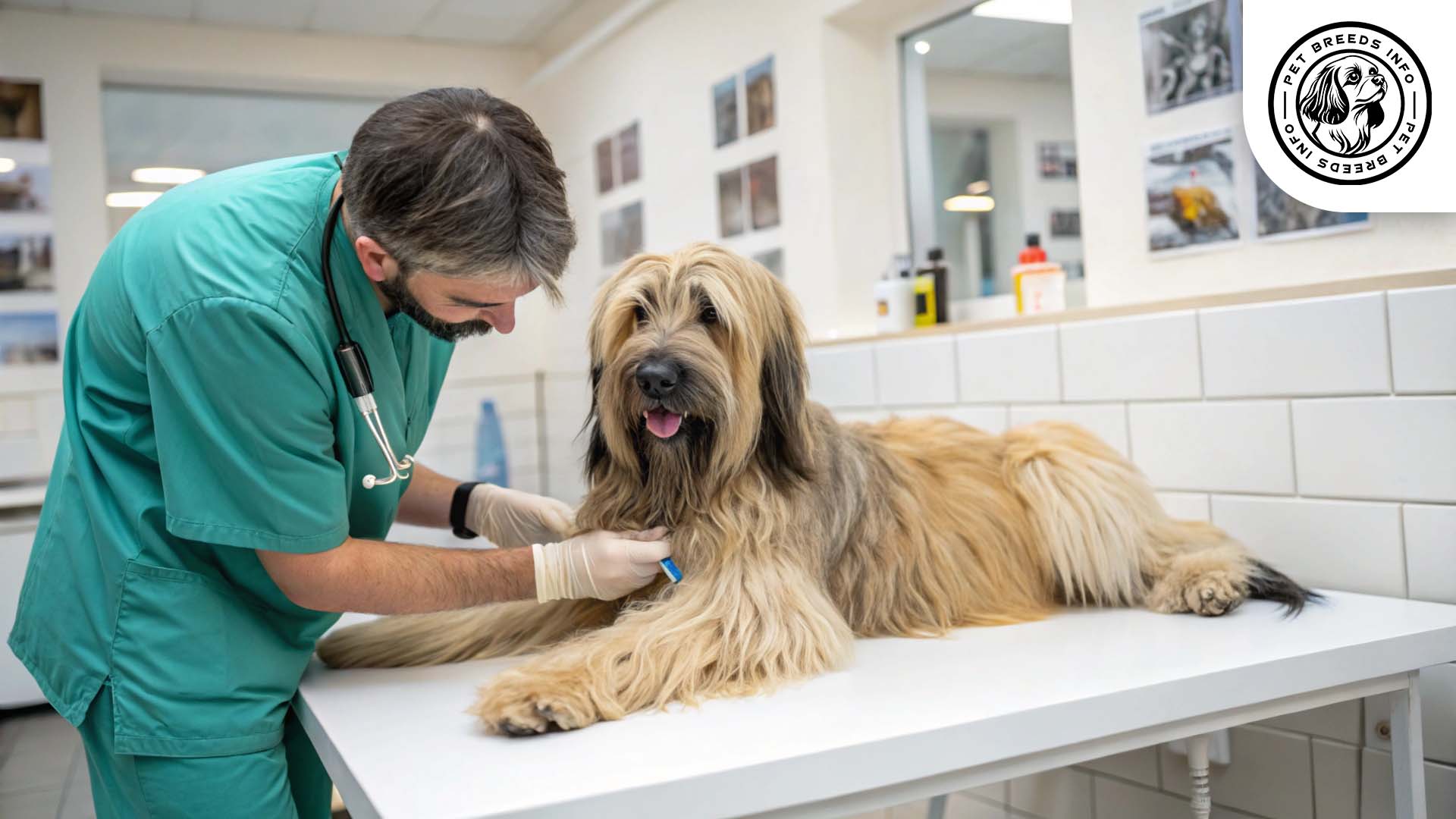
Training and Behavior Management
The Briard is intelligent but requires consistent and patient training due to its independent nature. Early training and socialization are crucial to ensure they grow into well-mannered adults.
Positive reinforcement techniques, such as rewards and praise, work best with this breed. Harsh training methods should be avoided, as Briards are highly sensitive to their owner’s tone and emotions.
Interaction with Other Animals and Humans
The Briard is affectionate and protective, making it a great companion for families. It interacts well with children when socialized from an early age. However, its herding instincts may lead it to “gather” small children or pets.
This breed can get along with other pets but requires proper introduction and training to coexist peacefully, especially with smaller animals. Briards prefer being close to their families rather than being left alone for long periods.
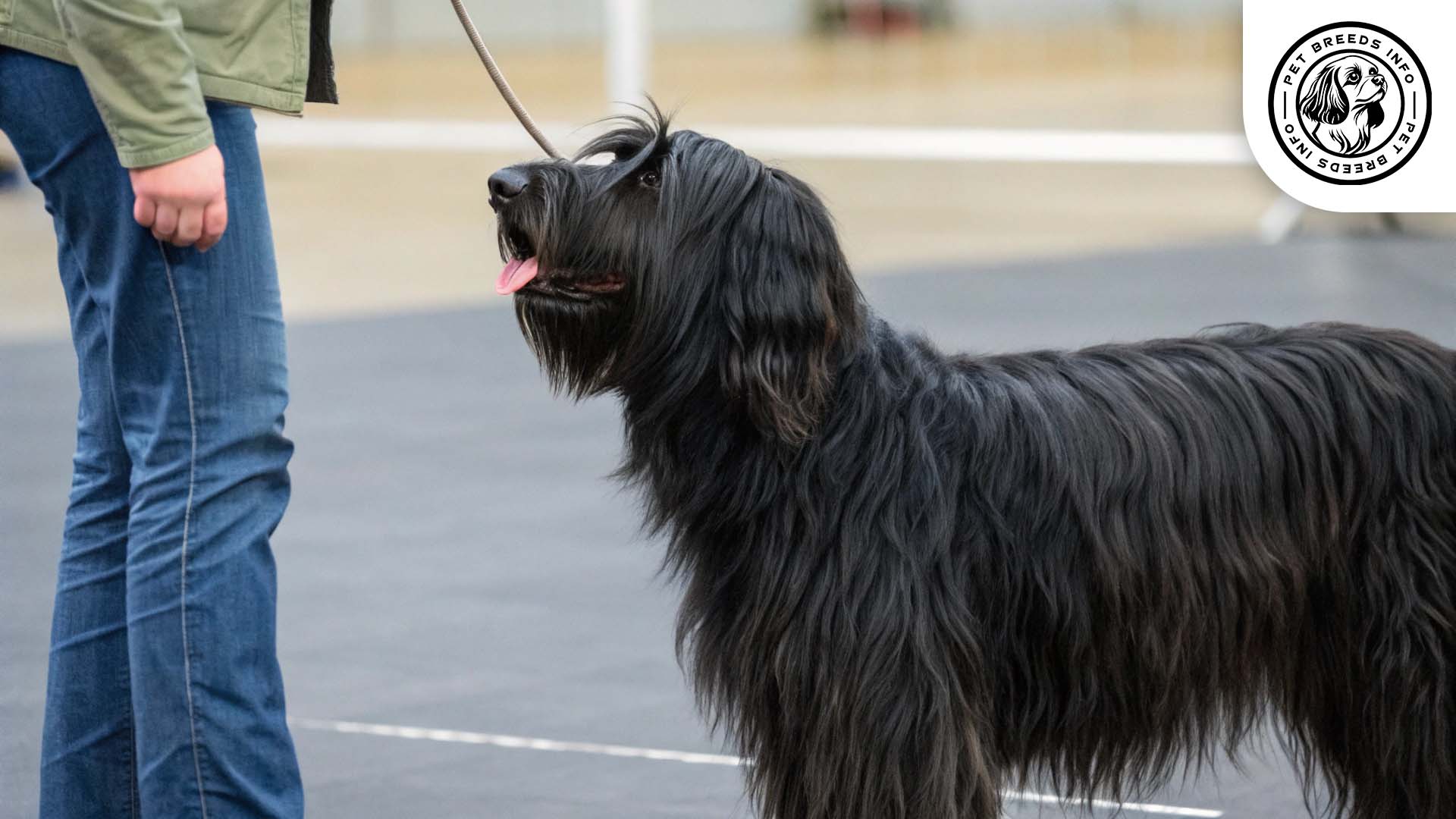
Price and Availability
The cost of a Briard puppy varies depending on location, breeder reputation, and bloodline. Prices typically range between $1,500 and $3,000 from reputable breeders.
It is essential to research breeders thoroughly and ensure they conduct health screenings. Adoption from rescue organizations or breed-specific shelters is another option for those looking to provide a home to a Briard in need.
Read More: Bearded Collie Dog
Conclusion and Final Thoughts
The Briard is a loyal, intelligent, and hardworking breed, best suited for active families or individuals who can meet its exercise and grooming needs. This breed thrives in a home with space and plenty of interaction from its owners.
Potential owners should be prepared for the grooming demands and training commitment that come with this breed. With proper care, love, and attention, the Briard makes a devoted and protective companion.
FAQ
Are Briards good family dogs?
Yes, they are affectionate and protective, making them great for families with proper socialization.
Do Briards require a lot of grooming?
Yes, their long coat needs brushing at least three times a week to prevent matting.
Are they easy to train?
They are intelligent but independent, requiring patient and consistent training.
Can they live in apartments?
They are best suited for homes with yards but can adapt if given enough exercise.
Do Briards get along with other pets?
With proper socialization, they can coexist with other pets, though they may try to herd them.
